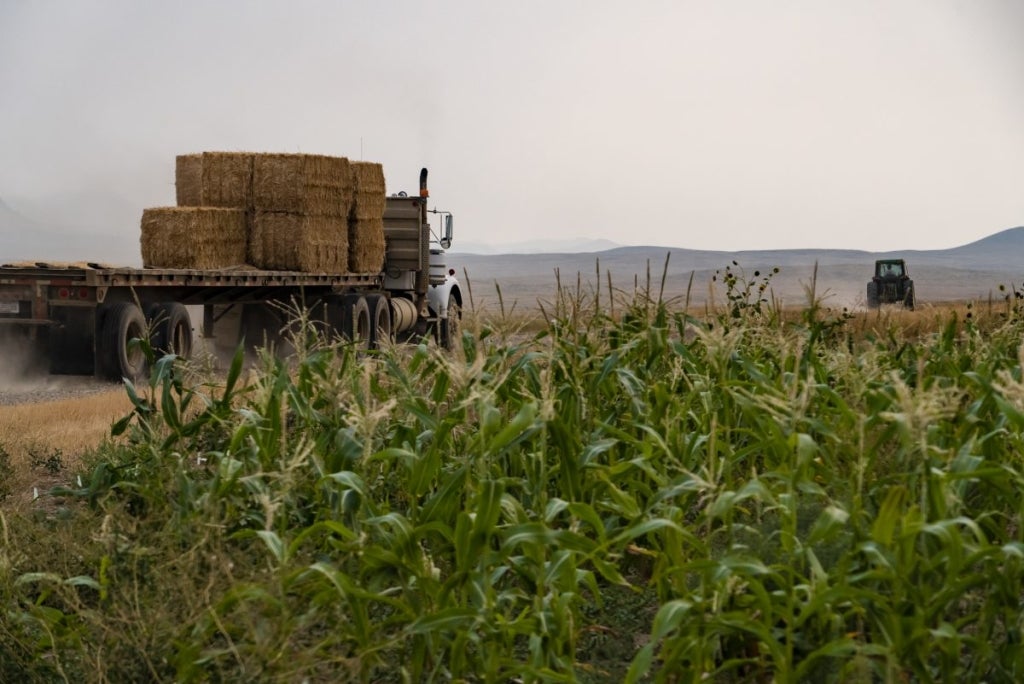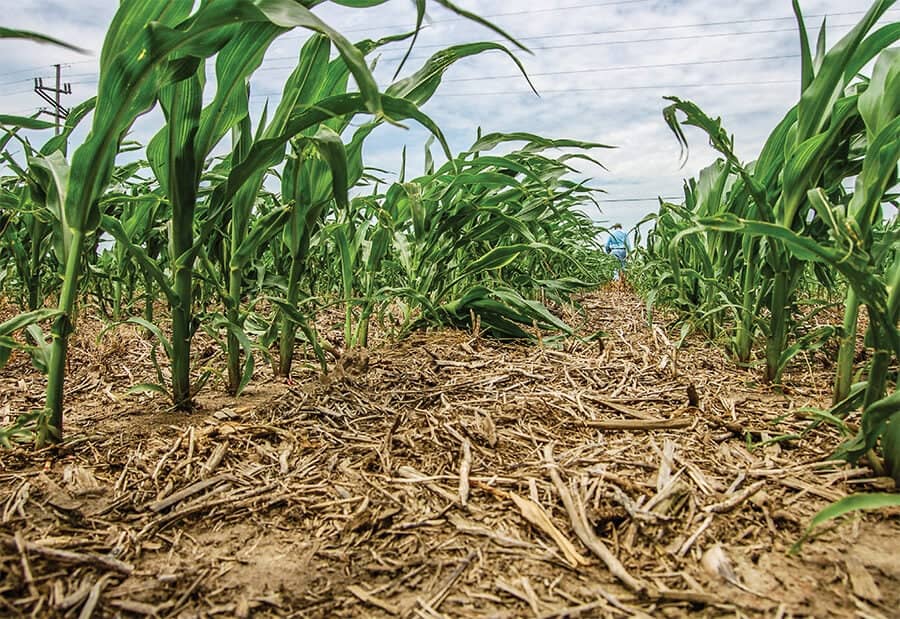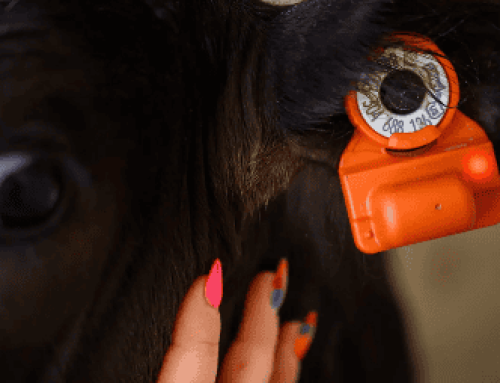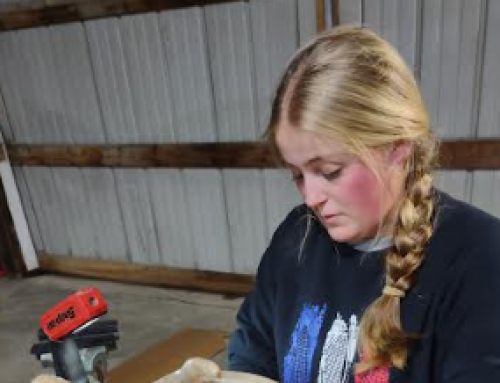
Credit: Jason Thompson / MTFP
Montana has been in a drought for two years and counting, which has hurt family farms and businesses statewide. Thankfully, farmers are adaptable and have evolved to combat this using innovative dryland farming techniques. This method relies on the natural precipitation in the soil to help grow and nurture crops. Montana’s dryland farmers are stepping up and facing the challenge head-on, using cutting-edge technology and techniques to ensure yields are sustainable for generations.
The most promising approach to dryland farming is no-till farming. This consists of planting crops directly into the soil that still contains residue from the previous harvest, which helps minimize soil disturbance. Farmers can use no-till farming to help preserve soil moisture, which is critical in a drought, and improve soil health overall.
“Dryland farming has helped improve yields on farmland compared to conventional tillage farmland,” says Jake Vermulm, a member of the Conrad farming community.

Picture of no-till farming shows crops thriving.
Vermulm and his family have utilized the dryland farming techniques for 120 years, and plan on continuing the tradition. The Vermulms have about 3,500 acres of land and use about 2,500 of it for dryland farming. Their techniques consist of no-till farming and crop rotation, which have benefited their family more in the agriculture community since they moved to dryland farming.
Another success within the dryland farming techniques is with crop rotation, where farmers alternate and use different crops each season to help break different pest cycles, enhance soil nutrients and maximize water use. Montana farmers are investing in advanced technology, such as drought-resistant crops, that will help improve yields and optimize water use.
A Montana farmer will continue to be adaptable and overcome struggles within the drought community. The commitment to agriculture in the state of Montana is built upon the ingenuity and dedication of the dryland farmer.











